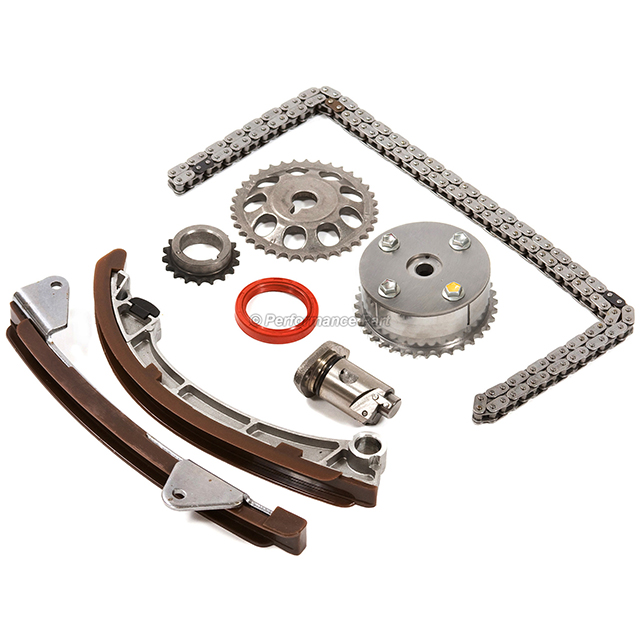


The fact that the tech did not ride it, rev it up, just pulled the clutch in and out while in neutral, makes me suspect. There is some transmission noise (marbles, and just what I would consider a normal amount of valve train noise in that area. The chain is physically worn and will break when the wear becomes severe enough. No tapping or chain slapping noise - at any rev or load. This will often quieten the noise or remove it all together, giving the impression that there is no real problem… nothing could be further from the truth. Third is a visual inspection of the plastic guides to see if they are broken or discolored, which is an indication of there integrity. Second if there is the dreaded noise on start up that overrides all. Once the engine gets running, the oil pressure acting on the tensioners will take up most of the slack in the chain. First it depends on mileage, 100k to 150k is when the job should be done. The chain links are damaged and the chain is binding on itself as it runs over the sprockets.Įither way, if you leave it until such a time that the timing chain breaks you will be staring down the barrel of a much more expensive repair.One of your timing chain tensioners has failed and is taking too long to take up the slack on the chain (usually exaggerated by a worn chain).Either your stretched timing chain is rubbing on places it shouldn’t be touching.If you can spot the symptoms of a failing belt in advance, it can save you significant time and money.įiix can diagnose and replace your timing belt, as well as associated issues.The noise you are hearing is one of 3 things. Replacing your timing belt can be time consuming but isn’t generally expensive, however, a broken timing belt while your car is in operation can cause significant damages. However, your car will still be able ignite and start, but will fail to turn over, and continue running. Theres theories that you can change the timing chain guides without changing the chain, and without. Im assuming the vehicle may even go into limp mode at some point. When that happens, a check engine light will pop up. In the case of a complete failure of your timing belt, your car will fail to run. As the problem progresses it will cause the timing chain to wear and stretch, which will throw off the engines timing. This is a result of failing timing of your valves and your engine competing against itself. Exhaust issues are also common (for example, an increase in black smoke coming out of your exhaust pipe). At other times, the engine performance will drop and you will feel a lack of power while accelerating. Your engine may misfire as a result of a slipping timing belt, although most or all of your teeth will have had to deteriorate in order for this to happen. If the timing chain is stretched out, it can affect the timing of the valves. If your engine is not functioning properly while switching gears or speeding up, it may be a timing belt issue. If it is not properly functioning, your engine’s entire performance may be affected drastically. The timing belt is what syncs the movement of your pistons to that of your engine valves. Watch for strange behaviour at RPM above 2000, as it may indicate your timing belt has lost many teeth and is slipping. As your timing belt wears, these teeth will become deteriorated, meaning that at higher RPM it will have trouble gripping the gears. Your timing belt consists of rubber teeth that fit into the gears in your crankshaft. A broken timing belt will cause complete engine failure, and recognizing the signs of a failing timing belt may save you some time - and money! 1: Engine Issues at High RPM It is a belt that connects your crankshaft to the pistons that move your engine, and allows your engine to sync up its movements - it’s named after the fact it syncs the opening and closing of your engine valves to the movements of the pistons. Your timing belt is an essential component of your engine.


 0 kommentar(er)
0 kommentar(er)
